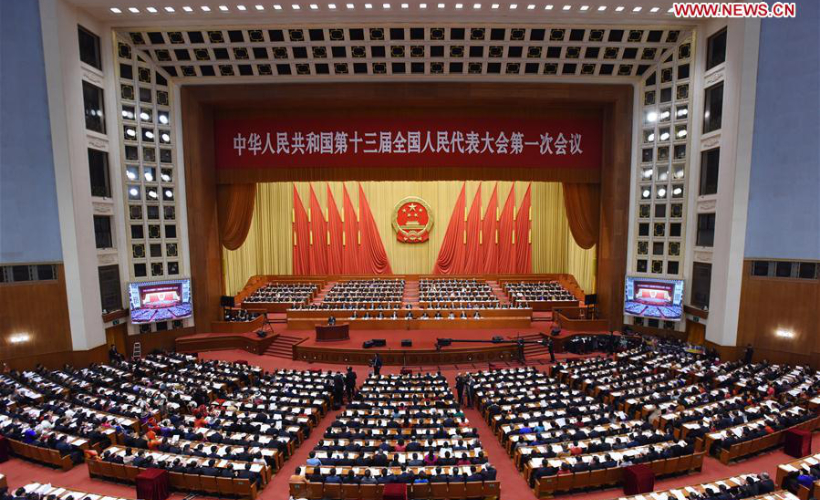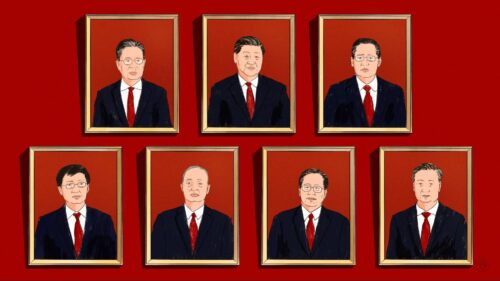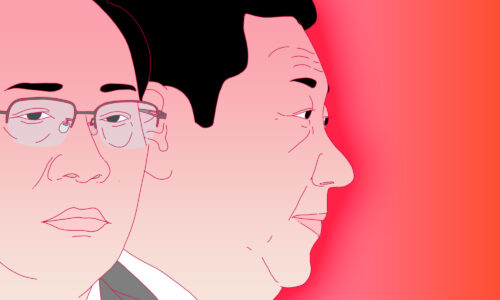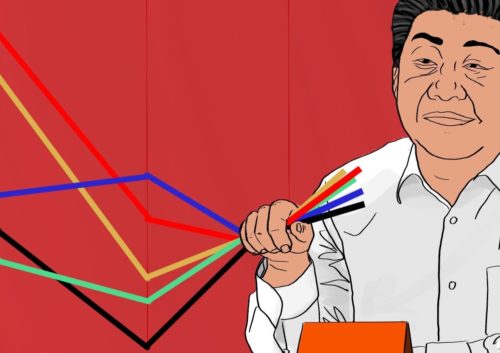Two Sessions: China’s biggest annual political ritual begins in Beijing

On the morning of March 5, thousands of delegates flooded into Beijing’s Great Hall of the People for the start of the “Two Sessions” (两会 liǎnghuì), an annual political ritual that this year, according to the agenda translated at NPC Observer, will last for 15.5 days. The “Two” in two sessions are:
- The nearly 3,000 Communist Party members that occupy the seats of the National People’s Congress (NPC), generally considered a rubber stamp that almost never rejects legislation, as we noted last year.
- The approximately 2,000 non-Party members of the National Committee of the Chinese People’s Political Consultative Conference (CPPCC), which includes many notable business people, celebrities, and many more tech entrepreneurs than previous years, according to SCMP.
While the sessions of these two groups, also known as the Two Meetings, largely exist to formalize the announcement of predetermined government policy for the year and rarely produce surprises, there is no shortage of tea-leaf reading based on reports in and around the Great Hall.
- The Two Sessions opened with Premier Li Keqiang 李克强 reading out loud the Government Work Report, a 36-page document available in English courtesy of the Wall Street Journal. Trivium reports that “We have heard from several folks in the room that the report was delivered to dead silence.”
- But NPC “legislators erupted into enthusiastic applause,” when Li reached a part referring to the proposed policy to abolish President Xi Jinping’s term limits, AFP says. The Wall Street Journal emphasized (paywall) that Li “name-checked Mr. Xi 13 times,” an amount that “makes Mr. Xi the only serving leader to receive so many mentions since Mao Zedong, who died in office more than four decades ago.”
- The CPPCC also felt even more choreographed than usual, reported the SCMP, as the advisors were “not allowed to bring their mobile phones to the meetings this year” and “few people shook hands before heading off at the end of the meeting, as they often would in the past.”
There were also more direct items to note, of course. Here are just three big points to pay attention to:
- Wang Qishan 王岐山, the 69-year-old close ally of Xi Jinping who unexpectedly obeyed retirement norms last fall (a head fake, in effect, for Xi setting himself up to do the opposite this year), was featured heavily on state television during the Work Report. The symbolism of him being seated next to the seven members of the Politburo Standing Committee and shown on screen immediately after them was not lost on close observers, as Wang is widely expected to become a vice-president with a critical role in U.S.-China relations, the SCMP reports.
- China will target 6.5 percent economic growth overall this year, Li announced, an entirely unsurprising number, but notably without last year’s caveat that it could be “higher if possible in practice.” Quartz says that “most analysts have read it as a sign that Beijing is more comfortable with slower economic growth,” particularly as it tries to tackle income inequality and environmental degradation.
- The military budget will get an 8.1 percent boost in 2018 to 1.1 trillion yuan ($173 billion), an increase greater than the 7 percent given in 2017, AP reports. China’s defense budget is the second-largest in the world, but even with “off book” expenditures, it is a fraction of the United States’ budget in excess of $700 billion.
For more, we recommend reading Trivium or the New York Times (paywall), or the full Work Report, Budget, and plan of the NDRC (National Development and Reform Commission), courtesy of the Wall Street Journal.
Also see our explainer last year on this subject:






